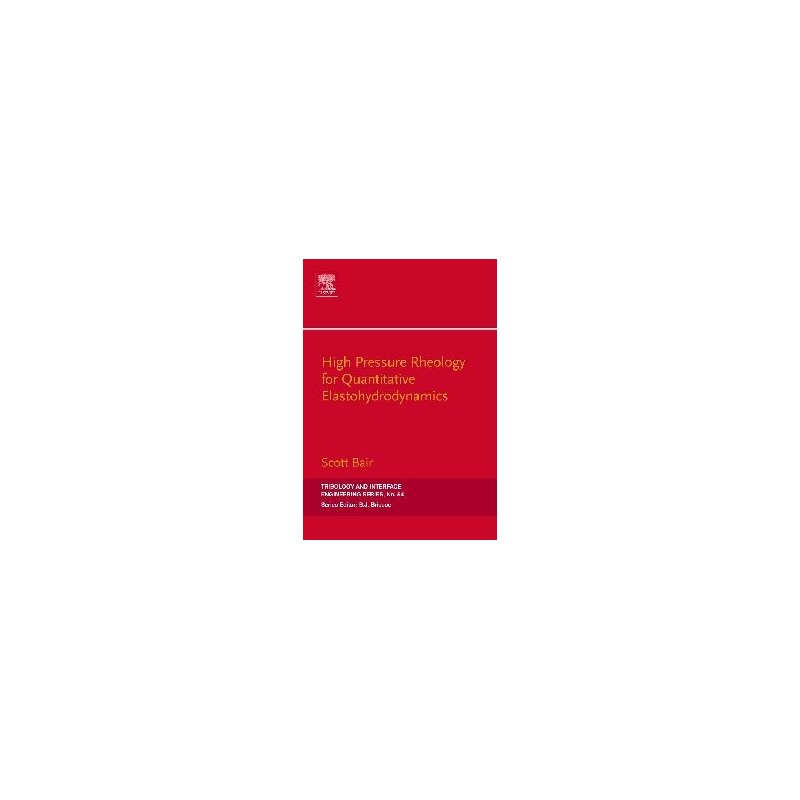- Obecnie brak na stanie




darmowa wysyłka na terenie Polski dla wszystkich zamówień powyżej 500 PLN

Jeśli Twoja wpłata zostanie zaksięgowana na naszym koncie do godz. 11:00

Każdy konsument może zwrócić zakupiony towar w ciągu 14 dni bez zbędnych pytań
Zmontowany automatyczny włącznik zasilania do instalacji samochodowej. AVT1877 C
Brak towaru
Brak towaru
Brak towaru
Brak towaru
WIFI-LPT100-B to niewielki moduł który umożliwia komunikację z wykorzystaniem bezprzewodowej sieci WiFi. Posiada interfejs UART, oraz cechuje się niskim zużyciem energii.
Brak towaru
Brak towaru
Brak towaru
Brak towaru
Addressable RGB 60-LED Strip, 5V, 2m (High-Speed TM1804)
Brak towaru
Brak towaru
Brak towaru
Zestaw z dwiema kamerami IMX219 o rozdzielczości 8 MP oraz modułem rozszerzeń dla Raspberry Pi, który pozwala na jednoczesne podłączenie dwóch kamer. ArduCAM B0350
Brak towaru
Moduł pamięci Flash eMMC dla komputerów Odroid N2L firmy Hardkernel. Pojemność 8 GB, zainstalowany system operacyjny Android. W zestawie znajduje się adapter microSD. Hardkernel 8GB eMMC Module N2L Android
Brak towaru
Przewód z wtykami USB typ A oraz USB typ C 3.0, maksymalny prąd 3 A (36 W) długość przewodu 1 m. GEMBIRD CCP-USB3-AMCM-1M
Brak towaru
Brak towaru
Zmontowany zestaw AVT, bożonarodzeniowa, świecąca choinka LED. AVT1844 C
Brak towaru

